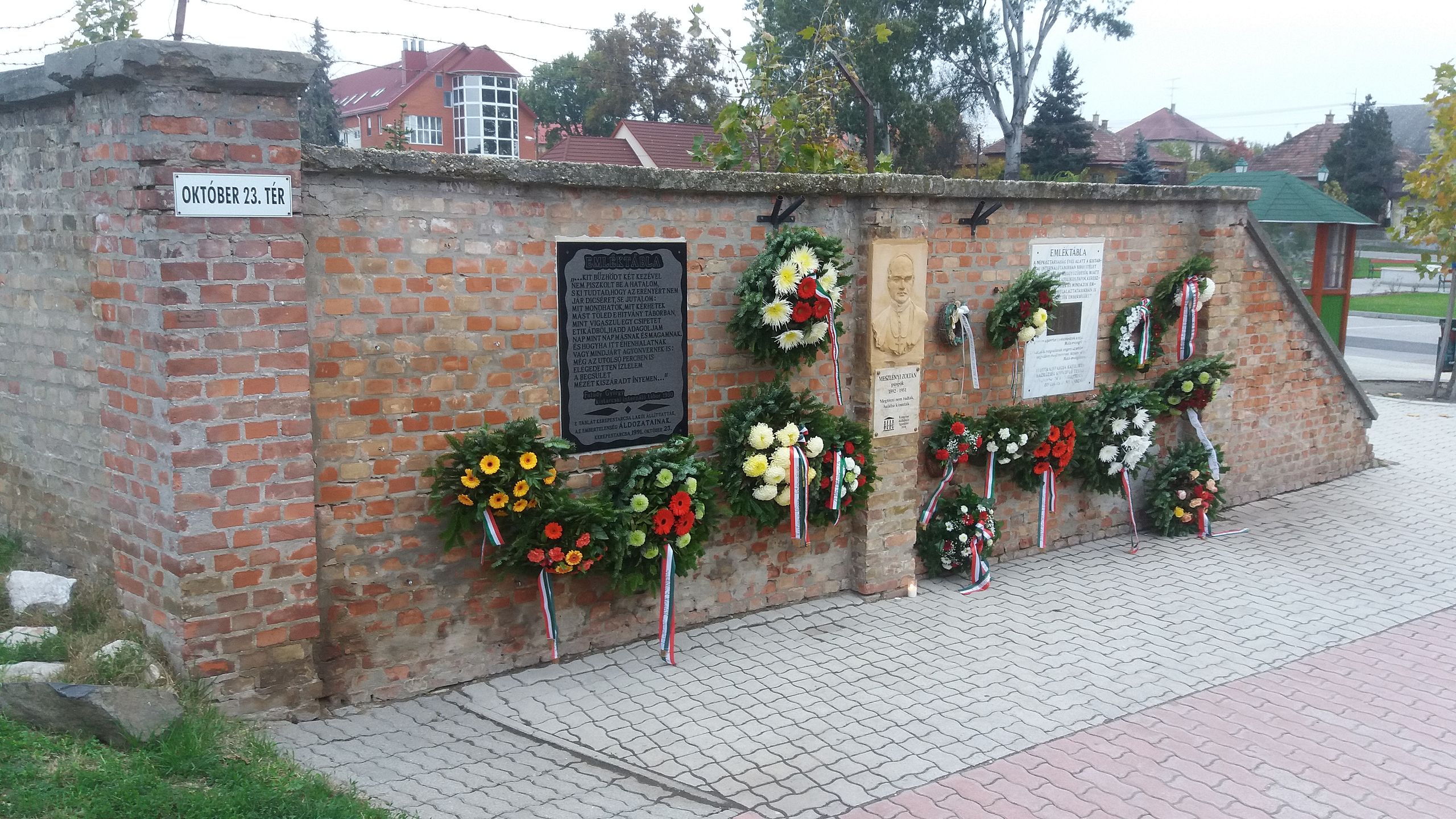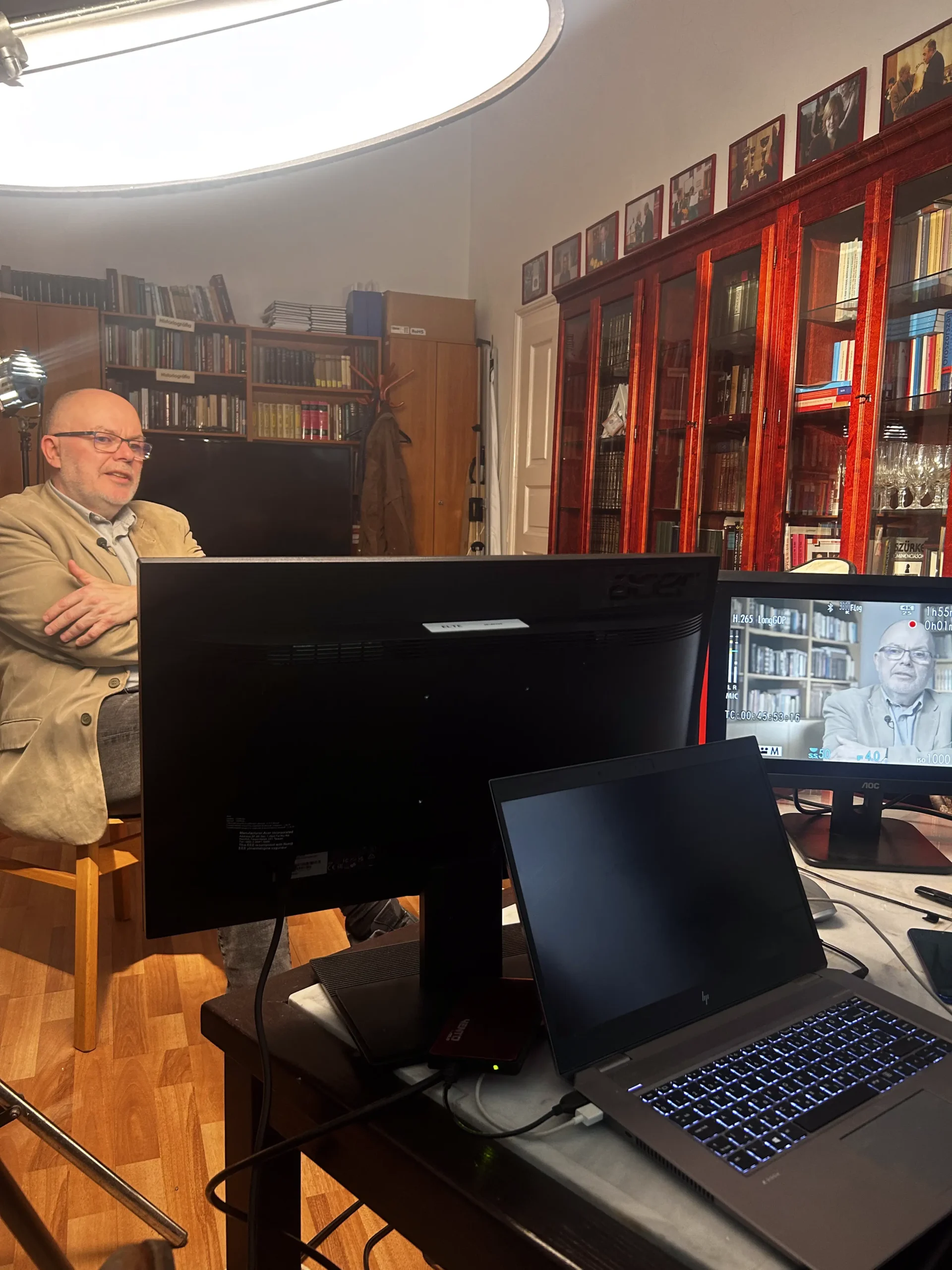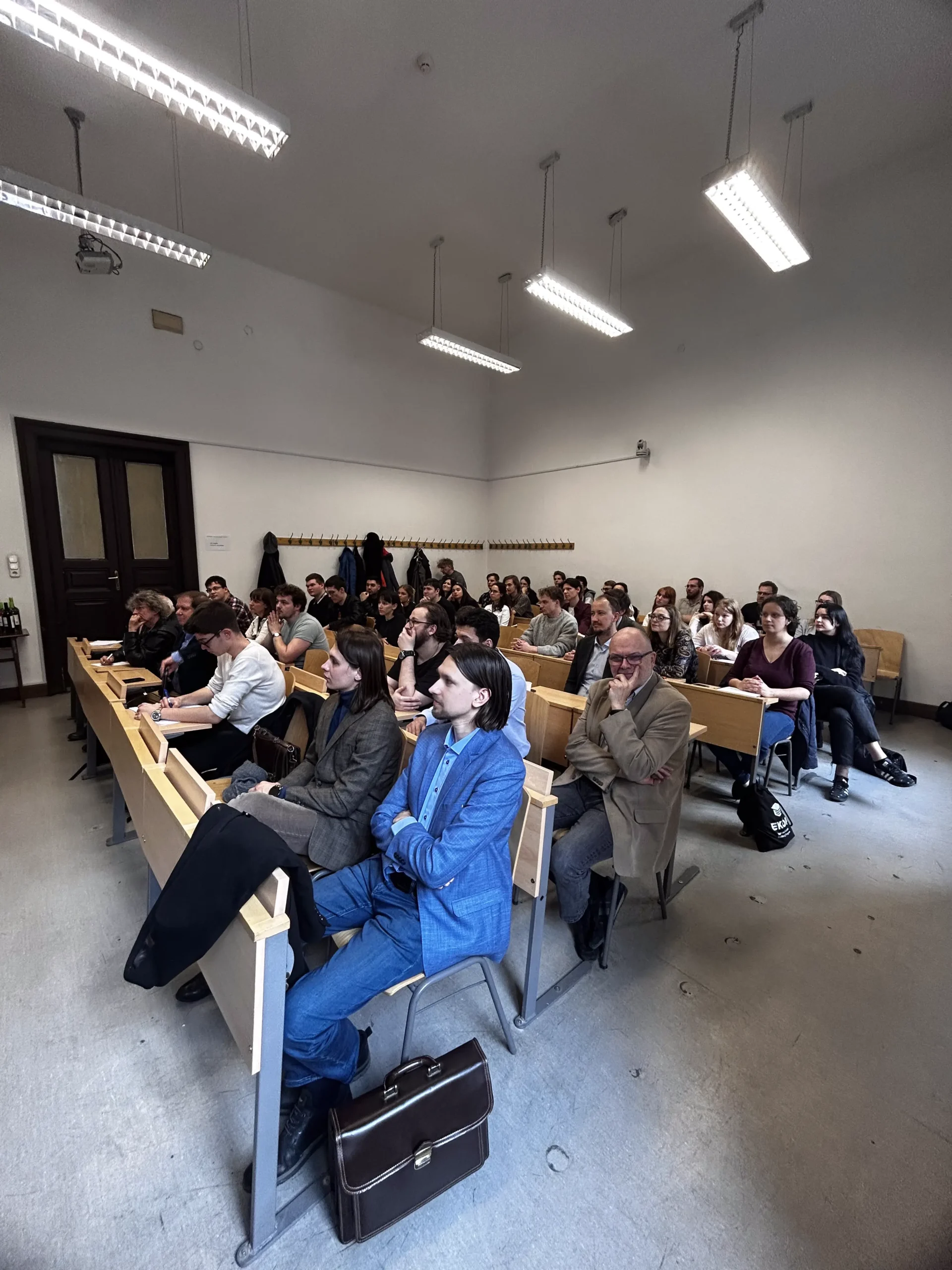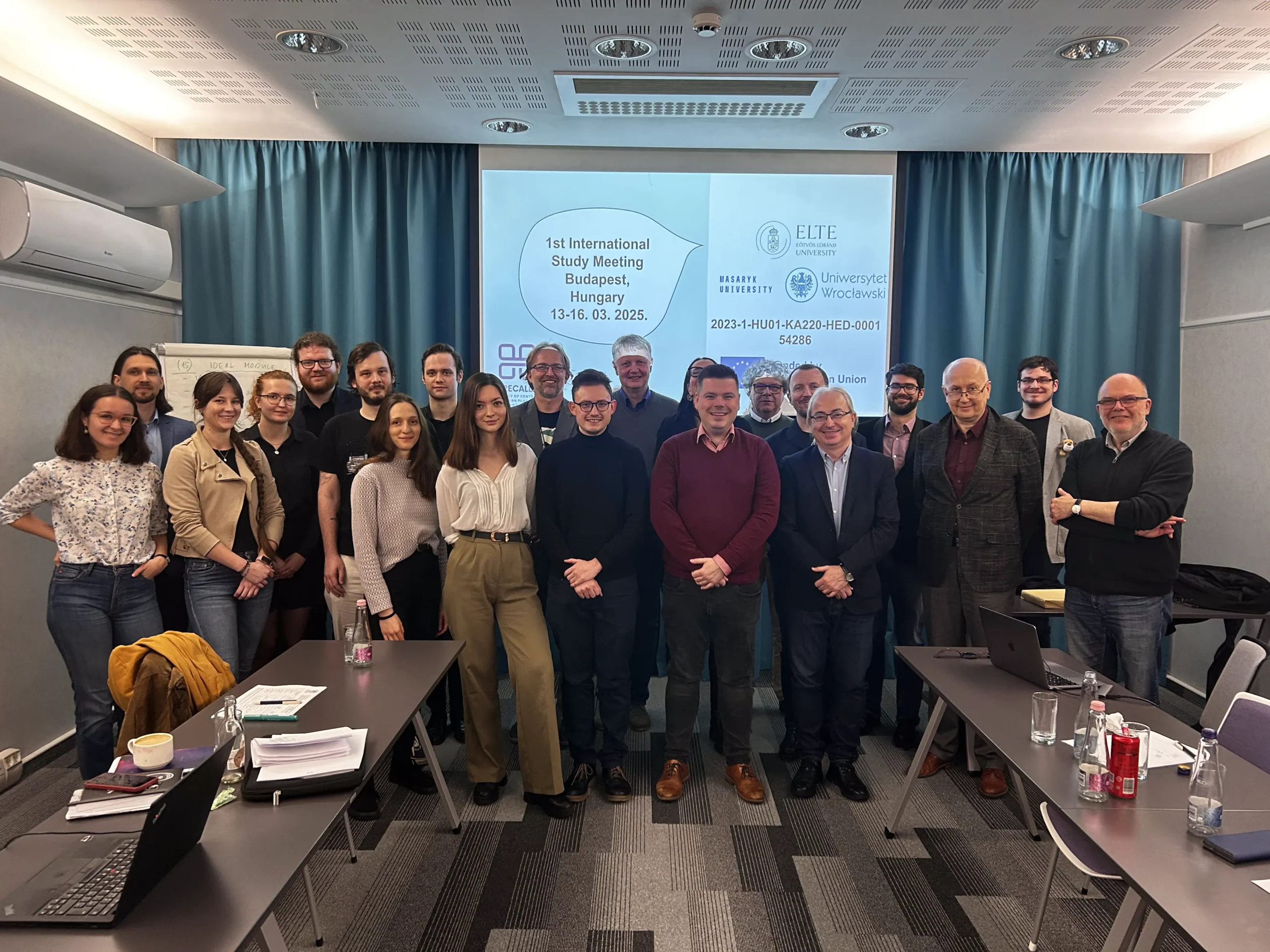Zoltán Meszlényi – Church against the communists – Kistarcsa
Fact of the Hungarian figure „Hungarian galley slaves – 1673”
Part of the „Religious tolerance and intolerance” topic
In the post-World War II era, Hungary, like much of Central Europe, fell under the influence of Soviet communism. The Hungarian Communist Party sought to suppress religious institutions, which were seen as a threat to their totalitarian control. The Catholic Church, led by Cardinal József Mindszenty, became one of the most vocal opponents of the communist regime, refusing to compromise its beliefs or submit to state control. Mindszenty, who had been a staunch defender of religious freedom and national sovereignty, was arrested in 1948 and later sentenced to life imprisonment in a highly publicized show trial.
A significant aspect of the communist government’s strategy to undermine the Church was the establishment of the Békepapok („Peace Priests”) movement. This system sought to co-opt members of the clergy who were willing to collaborate with the regime in exchange for leniency or personal gain. These priests supported the communist agenda, and in return, the government allowed them to maintain their religious positions. However, many viewed these priests as betraying the Church’s core values, and they were often shunned by more devout members of the community.
In contrast, figures like Zoltán Meszlényi stood firm in their resistance to the communist regime. Meszlényi, a Hungarian bishop, was arrested in 1950 by the State Security Police and imprisoned in the Kistarcsa internment camp, where he died in 1951 under mysterious circumstances. His unwavering commitment to his faith and refusal to cooperate with the communist authorities made him a martyr in the eyes of many. His fate reflected the broader struggle between the Church and the state during this period, as the communist regime systematically targeted those who resisted their efforts to control religious institutions.
The Kistarcsa Central Internment Camp, located near Budapest, played a significant role in Hungary’s history of repression across different regimes. Originally established by the Horthy regime in the 1940s, it was used to detain Jews during the Holocaust before their deportation to concentration camps. Following World War II, the camp’s purpose shifted under communist control, becoming a key site for the internment of political prisoners, including anti-communist dissidents, clerics like Zoltán Meszlényi, and members of the Catholic Church who refused to align with the state’s oppressive policies. The camp thus symbolized Hungary’s tumultuous 20th century, where both the fascist and communist regimes used it to suppress opposition and religious freedom, embodying the broader narrative of religious intolerance and political persecution in Central Europe.
The repression of religious leaders like Mindszenty and Meszlényi did not only affect Hungary but also had broader implications for Central Europe. Throughout the region, communist governments worked to erode the influence of religion, fearing its potential to inspire opposition and dissent. However, the Church remained a potent symbol of resilience and hope for many, fostering a sense of solidarity among those who opposed the authoritarian regimes





